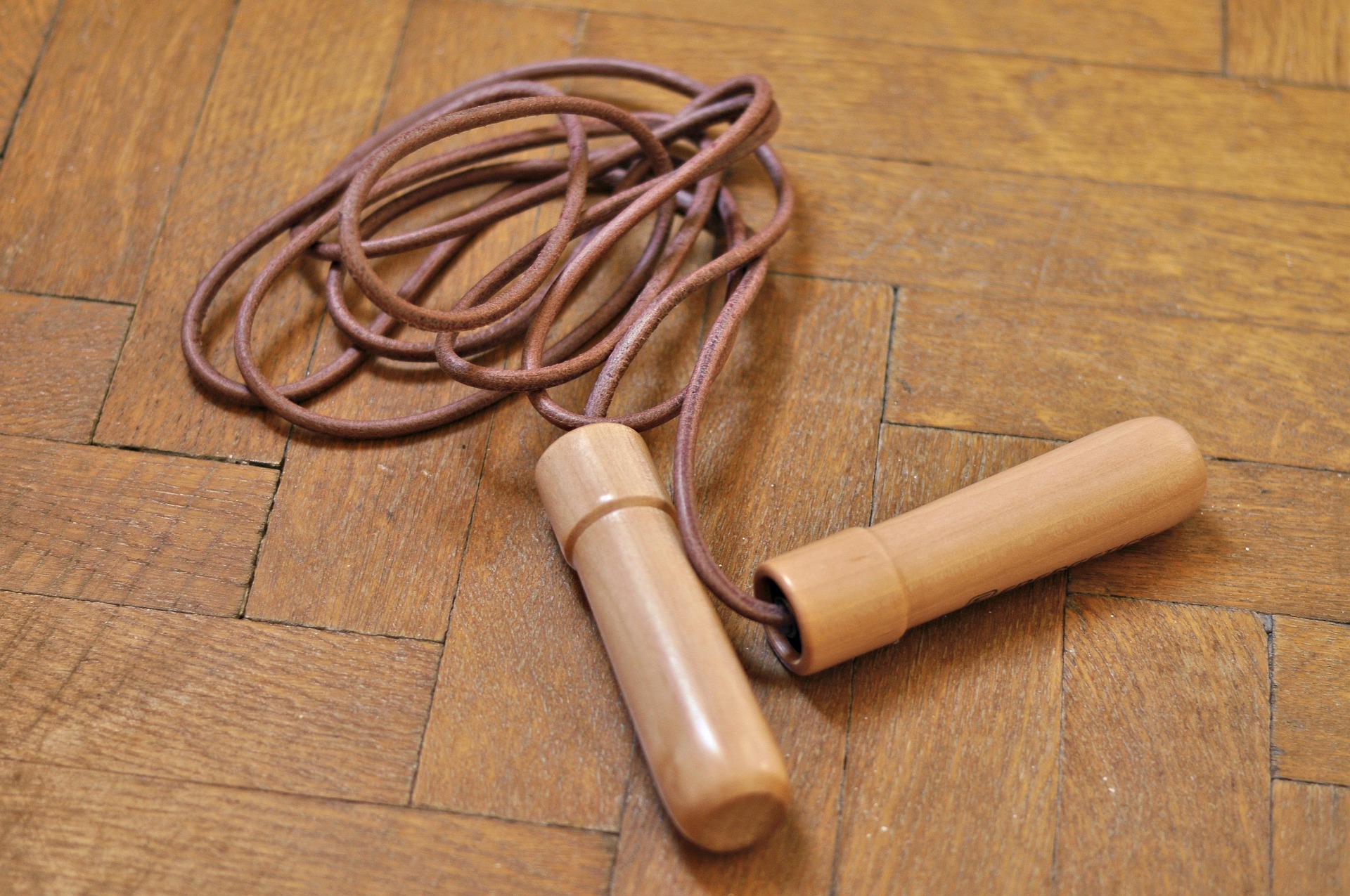What to Know About Rubber Flooring and Its Practical Uses Indoors and Outdoors
Rubber flooring has emerged as a versatile solution for both indoor and outdoor spaces, offering a unique combination of durability, safety, and aesthetic appeal. From home gyms to commercial spaces, this resilient material provides practical benefits that make it an increasingly popular choice for various applications. Understanding its characteristics and uses can help you make informed decisions about incorporating rubber flooring in your space.
How Rubber Surfaces Enhance Durability and Safety
Rubber flooring stands out for its exceptional durability and shock-absorbing properties. The material’s natural resilience helps prevent damage from heavy equipment and foot traffic while providing crucial impact absorption that reduces the risk of injury. This surface remains stable under pressure and resists wear and tear, making it ideal for high-traffic areas. The non-slip properties of rubber surfaces also contribute to safety, especially in potentially wet conditions.
Benefits of Rubber Flooring in Different Spaces
When it comes to specific applications, rubber flooring excels in various settings. In home gyms, it protects subfloors from weight impacts and provides necessary cushioning for exercises. Garage installations benefit from rubber’s resistance to chemicals, oils, and temperature fluctuations. For outdoor spaces like patios and playgrounds, rubber flooring offers weather resistance and maintains its properties in extreme conditions. The material’s sound-dampening qualities make it particularly valuable in multi-level buildings or spaces where noise reduction is essential.
Key Maintenance Features of Rubber Flooring
One of rubber flooring’s most appealing aspects is its low maintenance requirements. The surface can be easily cleaned with basic methods - regular sweeping and occasional mopping with mild soap solutions are typically sufficient. Unlike other flooring materials, rubber doesn’t require waxing or special treatments to maintain its appearance. It naturally resists stains and moisture, making it practical for areas prone to spills or exposure to elements.
Important Considerations for Rubber Flooring Selection
When choosing rubber flooring, several factors warrant careful consideration. The thickness should match your intended use - thicker options (8mm or more) work best for gym areas, while thinner variants (3-6mm) suit general-purpose applications. Consider the installation method: rolled rubber, interlocking tiles, or adhesive-backed options each have specific advantages. Color stability and UV resistance become crucial for outdoor installations.
Price Range and Installation Costs
| Type of Rubber Flooring | Average Cost per sq ft | Installation Cost per sq ft |
|---|---|---|
| Rolled Rubber | $2.50 - $5.00 | $1.50 - $3.00 |
| Interlocking Tiles | $3.00 - $8.00 | $1.00 - $2.50 |
| Custom Cut Pieces | $4.00 - $12.00 | $2.00 - $4.00 |
Prices, rates, or cost estimates mentioned in this article are based on the latest available information but may change over time. Independent research is advised before making financial decisions.
Environmental Impact and Sustainability
Modern rubber flooring often incorporates recycled materials, making it an environmentally conscious choice. Many manufacturers now offer products made from recycled tires and other rubber products, reducing landfill waste. The long lifespan of rubber flooring also contributes to its sustainability, as it requires less frequent replacement than many alternative materials. Additionally, when properly maintained, rubber flooring can last for decades, further reducing its environmental impact.
The versatility and practical benefits of rubber flooring make it an excellent choice for various applications. Whether used indoors or outdoors, its combination of durability, safety features, and easy maintenance continues to make it a popular flooring solution across residential and commercial spaces.





